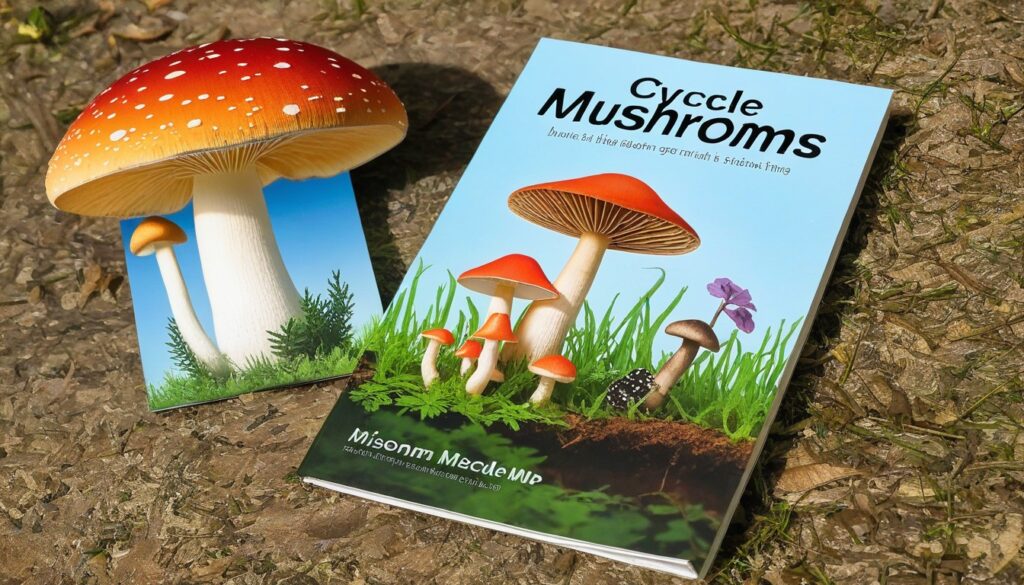Welcome to the fascinating world of mushrooms, where nature’s wonders unfold in intricate and mysterious ways. Whether you are an experienced enthusiast or just beginning your journey, this comprehensive guide will provide an in-depth review of the life cycle of mushrooms.
In this guide, we will explore the anatomy and physiology of mushrooms, the process of spore formation and dispersal, germination and mycelium growth, mushroom fruiting and reproduction, environmental factors that influence mushroom growth, and various techniques for cultivating mushrooms. With this knowledge, you will have the tools to explore, learn, and grow your passion for mushrooms.
Key Takeaways
- The life cycle of mushrooms involves spore formation, germination, mycelium growth, fruiting, and spore dispersal.
- Mushroom anatomy includes the cap, stem, gills, and mycelium, with each part playing a crucial role in the growth and development of the mushroom.
- Environmental factors such as temperature, humidity, light, and substrate have a significant impact on mushroom growth and reproduction.
- Mushroom cultivation techniques range from growing mushrooms indoors to creating mushroom beds outdoors and require careful consideration of substrate, moisture, and temperature.
- With knowledge of the mushroom life cycle and cultivation techniques, enthusiasts can explore and enjoy the diversity and beauty of mushrooms.
Introduction to Mushrooms
Mushrooms are fascinating organisms that have captivated people’s imaginations for centuries. With their unique characteristics and diversity, mushrooms continue to intrigue and inspire enthusiasts worldwide. In this section, we will provide an overview of mushrooms and their significance in nature, preparing you for the upcoming exploration of their life cycle.
Mushroom Characteristics
Mushrooms are part of the fungi kingdom, comprising a diverse group of organisms that play crucial roles in various ecosystems. Unlike plants, fungi do not have chlorophyll and cannot produce their food through photosynthesis. Instead, fungi grow on other sources of organic matter, breaking them down and recycling nutrients back into the environment. Mushrooms are the visible or fruiting part of fungi and come in various shapes, sizes, and colors, depending on the species. Some mushrooms have a cap and stem, while others may have a flat or convoluted surface and no visible stem. They may have gills, pores, or other structures that release spores during reproduction. Some mushrooms are edible, while others are poisonous, making them a fascinating but potentially dangerous topic for exploration.
Importance of Mushrooms in Nature
Mushrooms play essential roles in various ecosystems, making them significant components of the natural world. They help break down dead organic matter, decomposing and recycling nutrients back into the soil and providing food for other organisms. Some mushrooms form symbiotic relationships with other plants, where they exchange nutrients and support each other’s growth. Additionally, mushrooms have medicinal properties and have been used for centuries in traditional medicine to treat various ailments.
Mushroom Anatomy and Physiology
Before exploring the life cycle of mushrooms, it’s essential to understand their anatomy and physiology. Mushrooms are complex organisms composed of several distinct parts, each with a unique function.
The cap, or pileus, is the most visible part of the mushroom, and its shape and color can vary significantly between species. The cap’s underside is lined with gills, ridges, or tubes that contain millions of spores. These spores are responsible for the reproduction of mushrooms.
The stem, or stipe, supports the cap and connects it to the underground network of mycelium. The stem’s shape, size, and texture can vary between species, with some species having a solid stem, while others have a hollow one.
The mycelium is a network of thread-like structures, or hyphae, that spread out beneath the surface of the substrate. They absorb nutrients and facilitate the mushroom’s growth and development.
Finally, the veil, or partial veil, is a thin membrane that covers the gills in young mushrooms. As the mushroom grows and matures, the veil breaks, and the cap and stem take on their distinctive shape.
The physiology of mushrooms also plays a crucial role in their growth and development. Mushrooms are heterotrophic organisms, meaning they rely on organic matter for sustenance. The mycelium secretes enzymes that break down organic matter into simpler compounds that can be absorbed by the fungus.
Mushrooms also require specific environmental conditions to thrive. Temperature, humidity, light, and substrate composition are all critical factors that can affect mushroom growth and development.
In summary, understanding the anatomy and physiology of mushrooms is vital in comprehending their life cycle. From the cap and gills to the mycelium and veil, each part of the mushroom plays a specific role in its development. The physiology of mushrooms also plays a critical role in their growth and development, making environmental factors crucial in cultivation.
Spore Formation and Dispersal
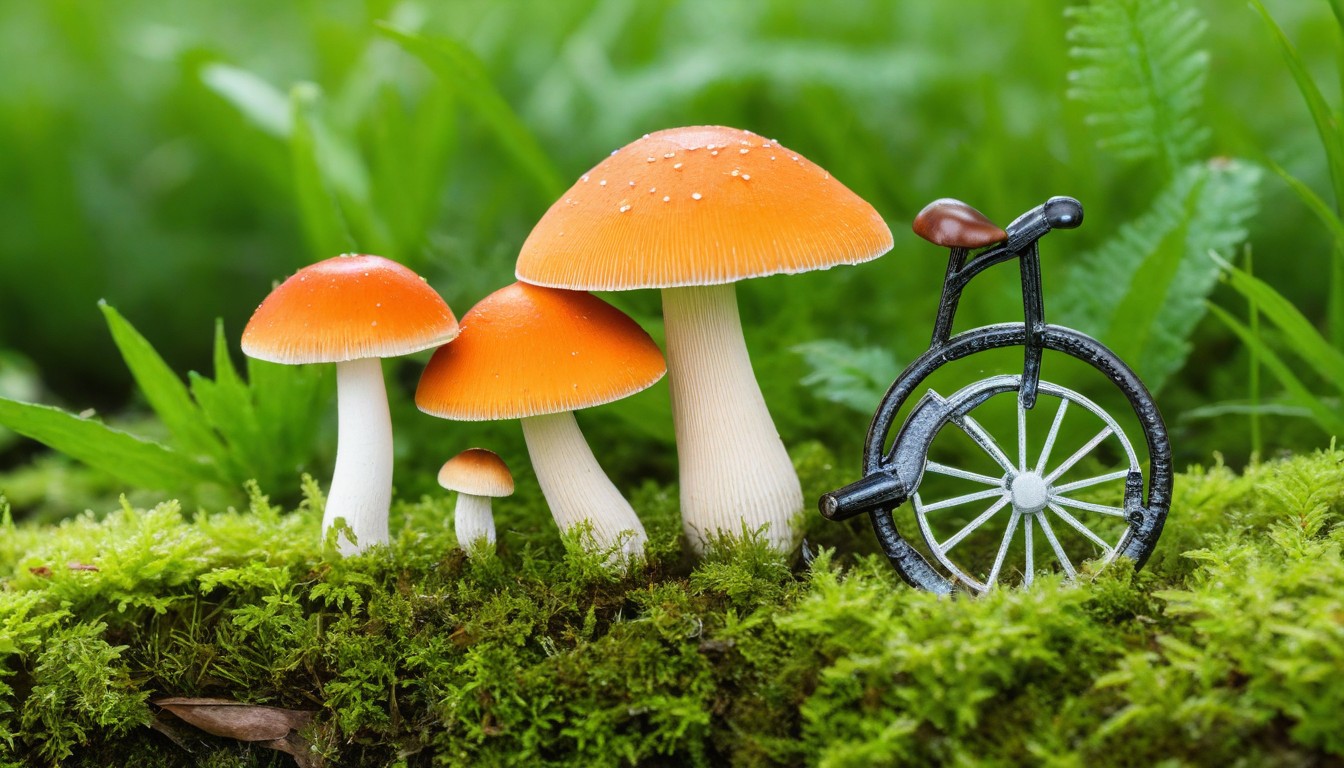
Spores are the key to the propagation of mushrooms. In this section, we will examine the intricacies of spore formation and how mushrooms disperse their spores.
|
Spore Formation |
Spore Dispersal |
|---|---|
|
Spore Formation takes place in the gills of the mushroom cap. The gills are lined with basidia, which are tiny structures that produce spores. As the basidia mature, they release spores into the gill cavity, where they accumulate before being expelled. Spore formation is essential for mushroom reproduction. |
Spore Dispersal is a critical part of the mushroom life cycle. Spores require suitable environmental conditions to germinate, so dispersal mechanisms are essential to ensure they reach new habitats. Different mushroom species use different methods for spore dispersal, including wind, rain, and animals. Some mushrooms even eject their spores explosively to increase their range. |
Cultivating mushrooms requires a basic understanding of spore formation and dispersal. By optimizing these factors, growers can achieve better yields and healthier mushrooms.
Germination and Mycelium Growth
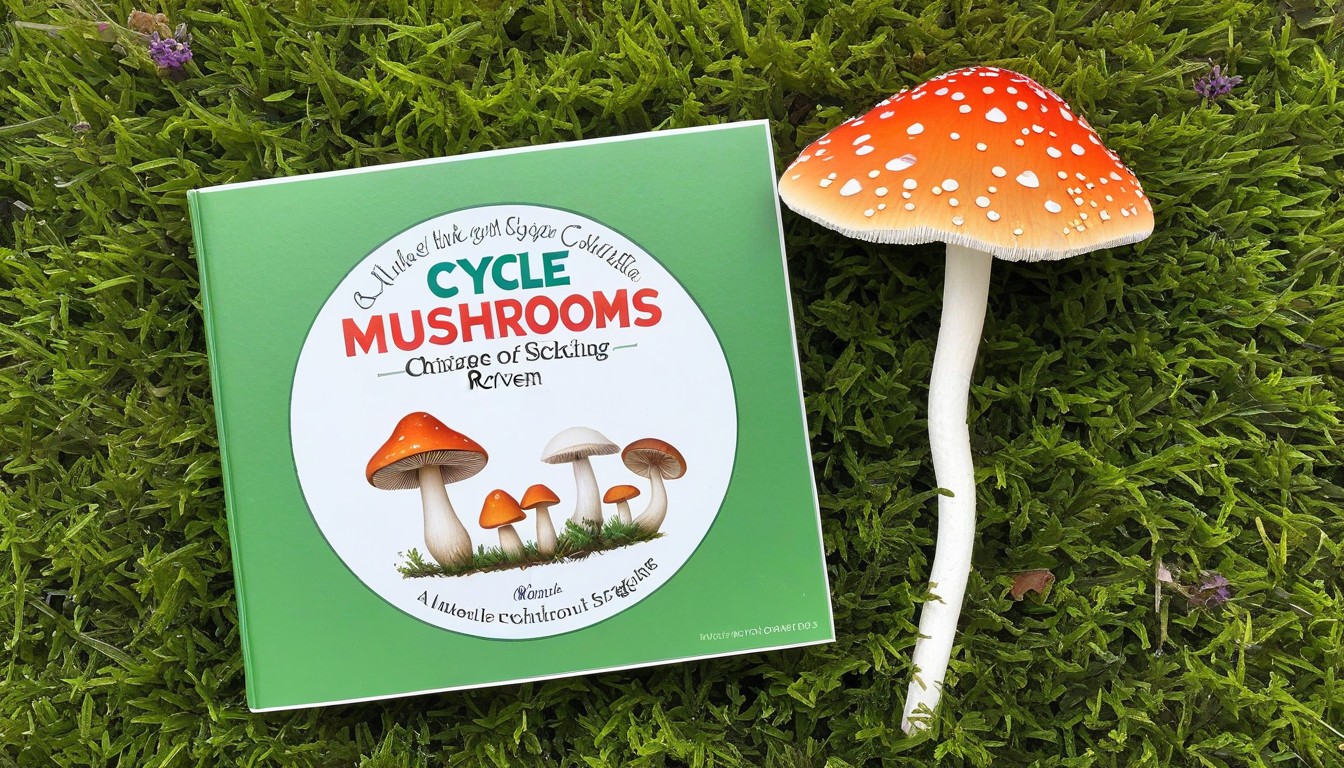
After spores have dispersed, they settle onto a substrate that provides the necessary nutrients for their growth. When the conditions are favorable, they germinate, forming a web-like structure called mycelium. The mycelium is the vegetative part of the mushroom, and it’s essential for the growth and development of the fungus.
During germination, the spore’s outer layer breaks open, and the enclosed nucleus begins to divide and form a hypha. Hyphae branch out and grow, forming a network of interconnected filaments called mycelium. The mycelium grows in the substrate, absorbing nutrients and breaking down organic matter to fuel its growth.
The Role of Mycelium in Mushroom Growth
The mycelium is instrumental in mushroom growth because it forms the fruiting body. Like an iceberg, the visible part of the mushroom – the cap, stem, and gills – is only a small fraction of the fungus. Below ground, the mycelium spreads out, sometimes for miles, breaking down organic matter and recycling nutrients.
When the mycelium has absorbed enough nutrients and the environmental factors are favorable, it begins the process of fruiting. The fruiting body emerges from the substrate, and the spores are released to disperse and continue the life cycle.
Factors Affecting Mycelium Growth
Several factors affect mycelium growth and the subsequent fruiting of mushrooms. Temperature, humidity, and air exchange are crucial variables that influence the mycelium’s development. Low temperatures can slow down mycelium growth, while high temperatures can stunt it or even kill it. Humidity is also essential for mycelium growth, as it affects the moisture content of the substrate.
Light is another environmental factor that influences mycelium growth. While mushrooms don’t require light to grow, some species respond positively to it, and it can trigger fruiting. The substrate’s nutrient content, pH, and moisture level are also critical factors in mycelium growth and mushroom development.
Mushroom Fruiting and Reproduction
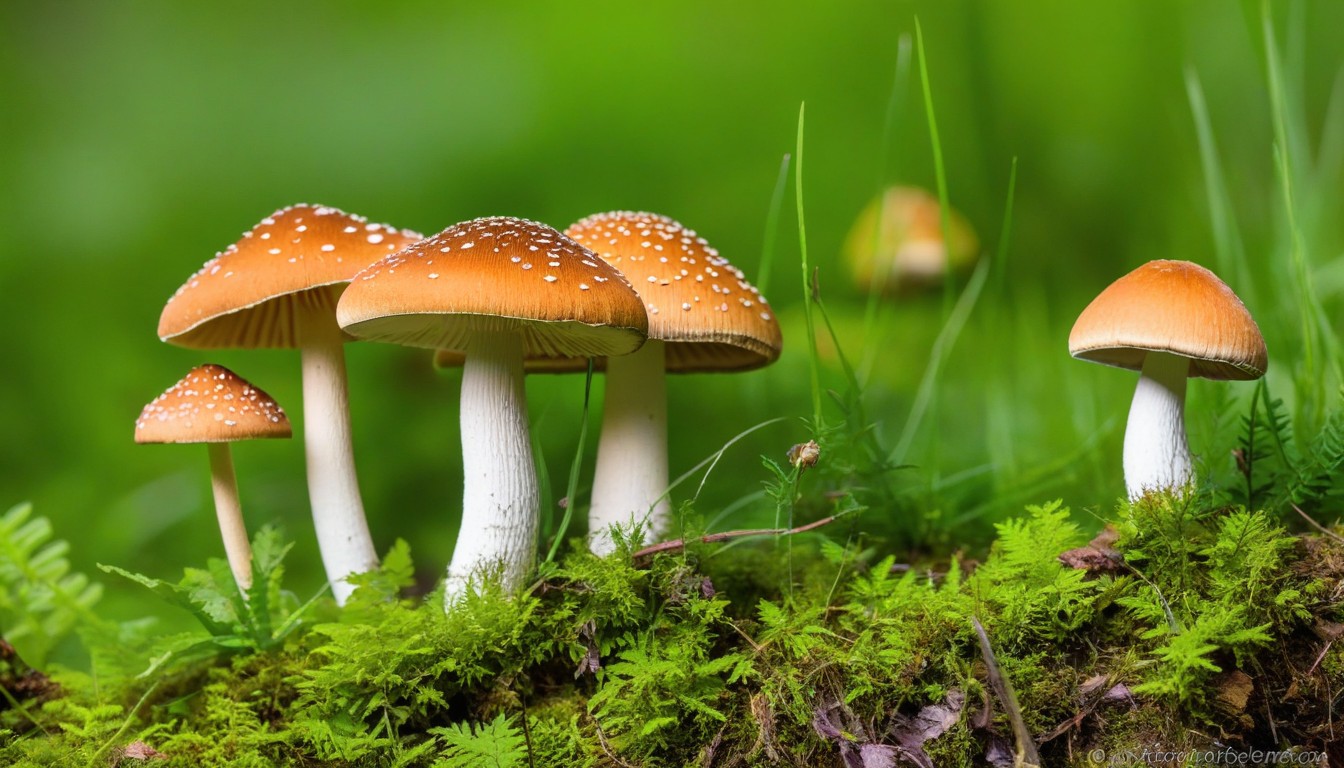
The fruiting stage of the mushroom life cycle is undoubtedly the most fascinating and visually stunning. It is here that the mushroom emerges from the substrate, providing us with the delicious and nutritious gourmet fungi we all know and love.
During fruiting, the mushroom’s reproductive structures develop, allowing it to produce and disseminate spores into the environment. These spores serve as the next generation of mushrooms, ensuring that the mushroom life cycle can continue.
Mushroom Fruiting
Mushroom fruiting is a complex process that is influenced by a myriad of factors, including temperature, humidity, light, and substrate composition. As such, different mushroom species may fruit at different times of the year or require specific growing conditions to produce fruiting bodies.
“Mushroom fruiting provides us with the delicious and nutritious gourmet fungi we all know and love.
The fruiting body of a mushroom is made up of two main parts, the stem, and the cap. The cap houses the spore-producing structures, while the stem supports the cap and facilitates spore dispersal. Different mushroom species display a wide range of shapes, sizes, and colors, making them visually striking and unique.
During fruiting, mushrooms undergo a period of intense energy consumption, which can lead to a temporary depletion of nutrients in the substrate. As such, many mushrooms are harvested just before they release their spores to ensure maximum flavor and nutritional value.
Mushroom Reproduction
Mushroom reproduction is a fascinating process that involves the release and dissemination of spores into the environment. Spore release typically occurs when conditions are favorable, such as during periods of high humidity or rainfall.
Once released, spores can travel vast distances, carried by the wind or animals, and can colonize new areas, allowing the mushroom to expand its range.
However, spores face significant challenges in their journey, including UV radiation, desiccation, and predation. To overcome these challenges, many spores develop specialized structures, such as thick walls or oozing mucilage, which afford them some protection until they can find suitable substrate to germinate.
In conclusion, mushroom fruiting and reproduction are essential aspects of the mushroom life cycle. By understanding the factors that influence fruiting and the mechanisms that facilitate spore release and dispersal, we can gain a deeper appreciation of the beauty and intricacy of these fascinating organisms.
Environmental Factors and Mushroom Growth
Mushrooms are unique organisms that require specific environmental conditions to grow and thrive. Understanding the crucial role that environmental factors play in mushroom growth is essential for any enthusiast looking to cultivate their own mushrooms.
Temperature and Humidity
Mushrooms thrive in cool, damp environments with temperatures ranging between 55°F to 65°F and humidity levels between 80% to 90%. Maintaining these conditions can be challenging, but investing in a thermometer and hygrometer can help you monitor temperature and humidity levels accurately.
Light
Unlike plants, mushrooms do not require light to grow. In fact, too much light can be harmful to their growth. Mushrooms grow best in low to medium light conditions, which can mimic the shaded environment of their natural habitat.
Substrate
The substrate is the material upon which the mushrooms grow. Different types of mushrooms require different substrates to thrive. Some common substrates include sterilized grain, sawdust, straw, and compost. Ensure the substrate is clean, nutritious, and appropriately moist to promote healthy mushroom growth.
Air Quality
Mushrooms require adequate ventilation to allow for the exchange of carbon dioxide and oxygen. Poor air quality can lead to stunted growth and disease. Ensure your cultivation area has adequate ventilation to maintain healthy mushroom growth.
Other Factors
Other environmental factors such as pH levels, nutrients, and contaminants can also affect mushroom growth. Monitoring these variables and adjusting them as necessary is critical to successful mushroom cultivation.
Mushroom Cultivation Techniques
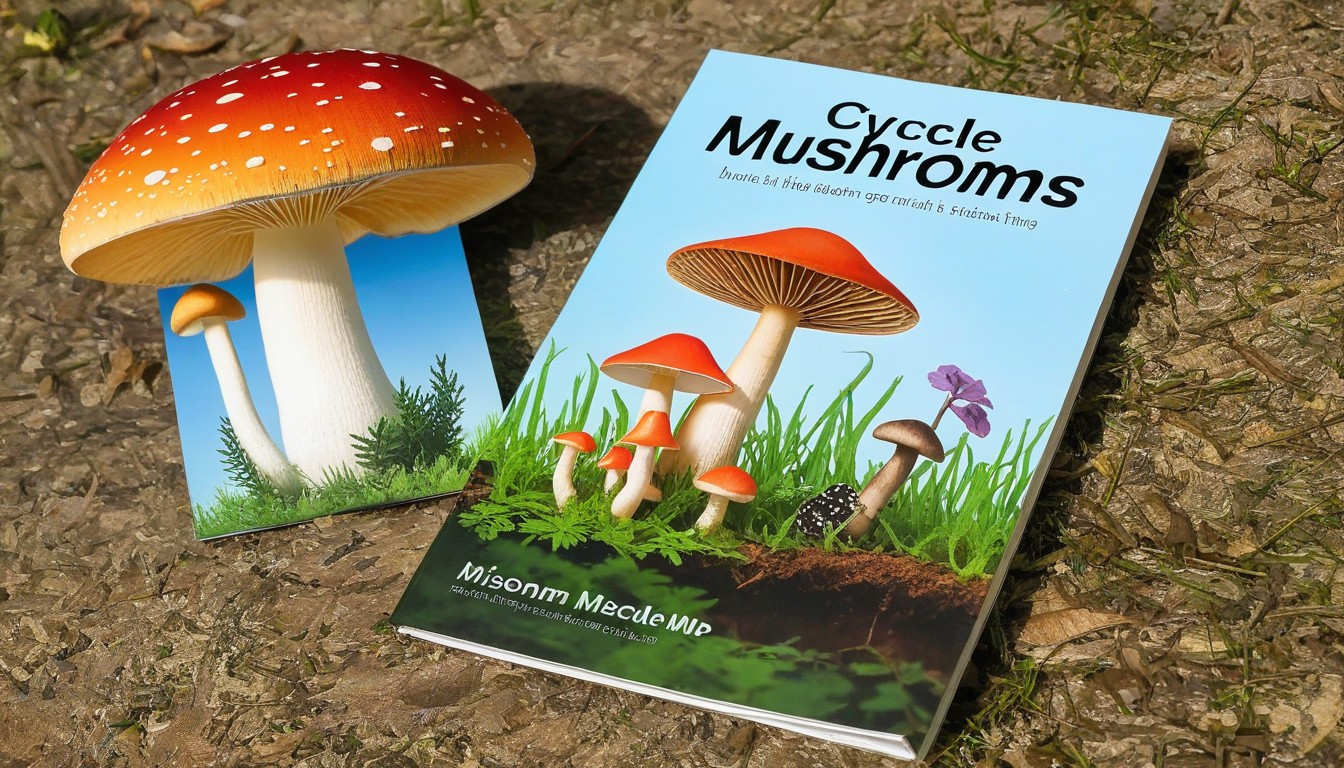
Ready to embark on your mushroom cultivation journey? Here are some essential techniques to get you started:
1. Choosing the right substrate
The substrate is the material on which mushrooms grow. Different mushroom species thrive on different substrates, such as straw, sawdust, or wood chips. Choose a substrate based on the mushroom species you want to cultivate and the availability of materials in your area.
2. Sterilizing the substrate
Sterilizing the substrate is crucial to ensure that it’s free from unwanted bacteria and fungi that could compete with your mushroom spawn. You can use a pressure cooker, steam bath, or chemical sterilizer to sterilize your substrate.
3. Inoculating the substrate with spawn
Spawn is the mushroom’s vegetative tissue that contains mycelium. You can purchase spawn from a reputable mushroom supplier or create your own using a mushroom culture and sterilized grain. Inoculate the sterilized substrate with the spawn and mix well.
4. Incubating the substrate
After inoculation, the substrate needs to be kept in a warm, dark, and humid environment to allow the mycelium to colonize the substrate fully. Check the temperature and humidity levels regularly and make any necessary adjustments.
5. Controlling fruiting conditions
Once the mycelium has fully colonized the substrate, it’s time to induce fruiting. This can be achieved by exposing the substrate to specific environmental conditions, such as light, temperature, and humidity. Different mushroom species have different fruiting requirements, so research the optimal conditions for the species you’re cultivating.
6. Harvesting and storage
Harvest the mushrooms by gently twisting and pulling them from the substrate. After harvesting, store them in a paper bag in the refrigerator to maintain their freshness.
7. Troubleshooting common problems
Despite your best efforts, you may encounter some common problems during mushroom cultivation, such as contamination, poor growth, and low yields. Research the potential causes of these issues and take steps to prevent them in future cultivation attempts.
By applying these techniques, you can start cultivating your own delicious and nutritious mushrooms. Have fun and happy mushroom growing!
Conclusion
In conclusion, we hope this comprehensive guide has provided you with a clear understanding of the intriguing world of mushrooms. From their basic anatomy and physiology to their complex life cycle and cultivation techniques, we aimed to cover all aspects of mushroom exploration for enthusiasts of all levels.
Embrace the journey of delving deeper into the mysterious world of mushrooms, and discover the beauty and diversity they hold within. With this knowledge, you can grow and cultivate your mushrooms, and explore nature like never before.
Happy Mushroom Exploring!
FAQ
What is the life cycle of mushrooms?
The life cycle of mushrooms involves spore formation, germination, mycelium growth, mushroom fruiting, and spore dispersal. It is a fascinating process that allows mushrooms to reproduce and thrive in their environment.
What are the different parts of a mushroom?
A mushroom is composed of various parts, including the cap, stem, gills, and mycelium. Each part has a specific role in the mushroom’s growth and development.
How do mushrooms disperse their spores?
Mushrooms disperse their spores through various mechanisms, such as wind, water, animals, or even human activity. This ensures that the spores are spread far and wide, increasing the chances of successful reproduction.
What is mycelium and why is it important?
Mycelium is the vegetative part of fungi and plays a vital role in the mushroom’s life cycle. It acts as a network of fine filaments that absorb nutrients and decompose organic matter, supporting the growth and development of the mushroom.
What triggers fruiting in mushrooms?
Fruiting in mushrooms is triggered by various factors such as environmental conditions, temperature, humidity, and nutrient availability. When these conditions are favorable, mushrooms undergo fruiting to release spores and continue their life cycle.
How can I cultivate mushrooms?
Mushroom cultivation can be done through various techniques such as indoor or outdoor cultivation. It involves choosing the right substrate, creating suitable growing conditions, and following specific cultivation methods to ensure successful mushroom growth.
What environmental factors affect mushroom growth?
Temperature, humidity, light, substrate, and other environmental factors play a significant role in mushroom growth. Understanding and manipulating these factors can optimize mushroom growth and ensure a successful cultivation process.
Is mushroom cultivation difficult?
Mushroom cultivation can be a rewarding hobby or business venture with the right knowledge and techniques. While it may require some attention to environmental factors and specific cultivation methods, it is possible to successfully cultivate mushrooms with practice and guidance.

